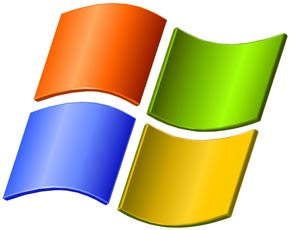Microsoft has amended the price hike planned for July, but businesses still face paying up to 25.5% more for their software. The supplier had previously said it would increase its licensing fees by a third, but with just a month to go, the company has decreased the price hike slightly.
For smaller businesses (under 250 users)with an Open Agreement, the price increase is only 1.7%, but the cost of licensing software under an Enterprise Agreement goes up by 18.7%, while the cost of the Select Agreement is 17.7%. As Computer Weekly previously reported, Microsoft had originally planned to increase its Open Licence Agreement by 7.5%; the Enterprise Agreements would see an average increase of 25.7% while Select or Select Plus Agreements would increase by 24.6%.

Antony Attfield, practice lead within the software procurement consultancy at Trustmarque, said some customers could look at renewing licences earlier to take advantage of lower costs now. "But before you do a knee-jerk reaction, do the analysis on how you use the software, what entitlements you have and assess the options available. There may be 10-15 ways of buying Microsoft licences," he said.
This is particularly relevant to Windows 8. The upgrade for hardware manufacturers from Windows 7 currently costs £92. This will increase to £108. But, to upgrade from Windows 7 to Windows 8, Attfield said you need a Software Assurance subscription to get certain enterprise features and the right to upgrade to Windows 8. This costs £172 now and will go up in July to £202.
He said, "You should look at where you are now and look at when you want to deploy Windows 8." He said businesses may be better off waiting.
| Select Agreement | Cost now | Cost from July 1 2012 |
| Office Professional Plus | £250 | £295 |
| Windows 7 OEM upgrade | £92 | £108 |
| Windows 7 to Windows 8 Software Assurance upgrade | £172 | £202 |
| Windows Server | £350 | £420 |
| Exchange Server (per server instance) | £1972 | £2317 |
| SQL Server | £6700 | £7872 |
With the latest price increase, Attfield said businesses using SQL Server that run the relational database software on hardware with greater than four cores are are effectively paying twice as much as they would have paid a few months ago.
Equally, when virtualising Exchange Server, businesses are only able to move the Exchange virtual machine between physical servers once every 90 days, unless they pay extra for Software Assurance.





